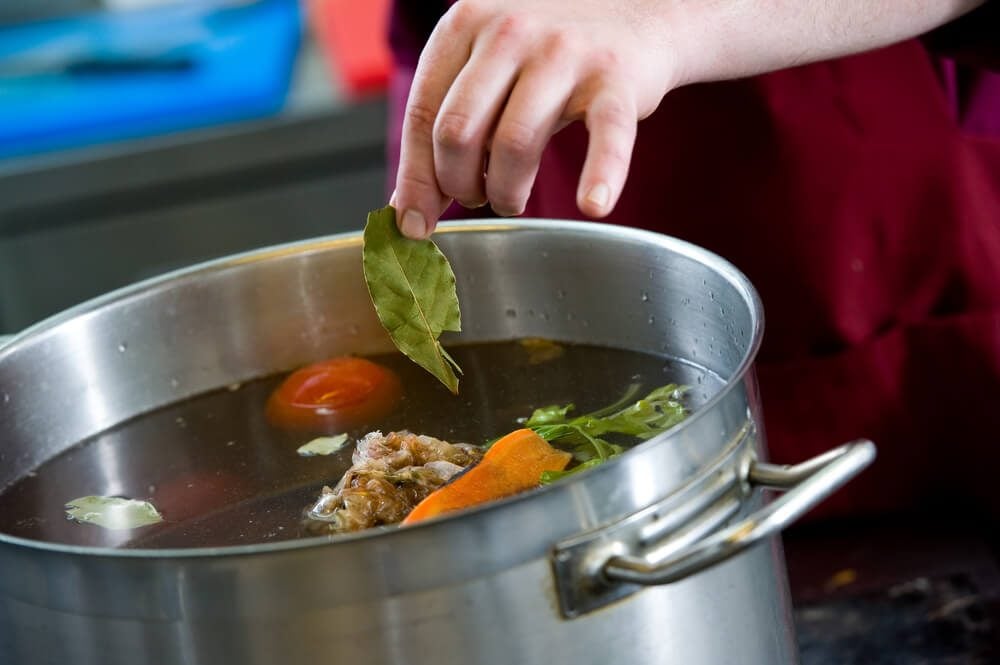

Bay leaves are a basic ingredient that is frequently neglected, despite its significant impact on flavor and health benefits. Adding a bay leaf to your soup is more than simply a tradition; it improves taste and nutritional content. Here’s why you should always have bay leaves on hand while making soup.
Flavor Enhancement
Bay leaves have a unique capacity to complement and enhance the flavors of other ingredients while not overpowering them. A single leaf may elevate a plain soup to a sophisticated, flavorful entrée.
The leaf’s slightly floral and herbal flavors add a subtle dimension to the dish as it cooks. Whether it’s a robust beef stew or a simple veggie broth, the bay leaf complements and enhances all of the tastes.
Health Benefits
Bay leaves are not just for flavor; they offer a variety of health benefits:
Digestive Aid: Bay leaves can assist improve digestion and alleviate symptoms such as heartburn and gas.
Anti-inflammatory Properties: The compounds in bay leaves have anti-inflammatory properties that can help reduce swelling and pain caused by illnesses such as arthritis.
Rich in Vitamins and Minerals: They are high in vitamins A and C, as well as folic acid, magnesium, and iron, all of which are necessary for a variety of body activities.
Reduces Stress and Anxiety: Linalool, a compound found in bay leaves, can aid in reducing stress levels when ingested in moderation.

Culinary Uses
Adding a bay leaf to soup is the most common culinary use, although its flexibility extends beyond soups.
Stews & Braises: To enhance the flavor of slow-cooked meals, add bay leaves.
Rice and Pasta Dishes: Cooking rice or pasta with a bay leaf can add flavor to these essential foods.
Marinades: To improve the flavor and tenderness of meat, fish, or poultry, add bay leaves to the marinade.
Tips for Using Bay Leaves
Whole vs. Crushed: Use whole leaves to make them simpler to remove after cooking; crushed leaves can add taste but are more difficult to remove from meals.
Cooking Time: Bay leaves release their flavor slowly, making them suitable for foods that require a longer cooking period. Adding them too late in the cooking process will not allow them to fully impart their flavor.
Storage: To preserve their efficacy, store dried bay leaves in a cool, dark place in an airtight container.

Conclusion
The simple bay leaf may appear to be a minor addition, but it is an important part of many culinary traditions around the world. By putting a bay leaf into your soup, you are not just following a traditional cooking method; you are also improving flavor, adding nutritional advantages, and embracing a new dimension of culinary skill. Next time you’re cooking a pot of soup, remember to add a bay leaf for the ideal finish!






